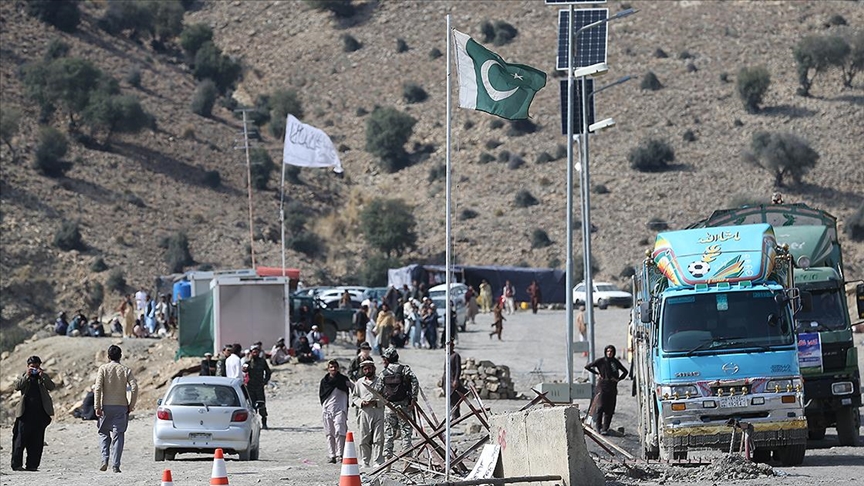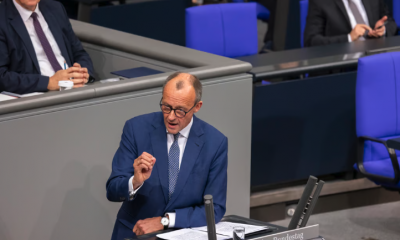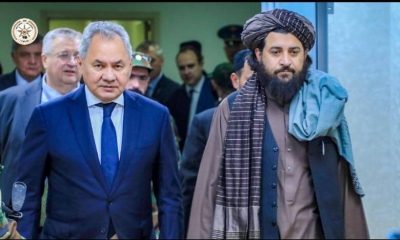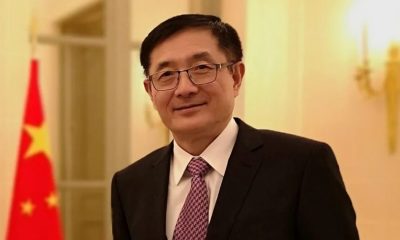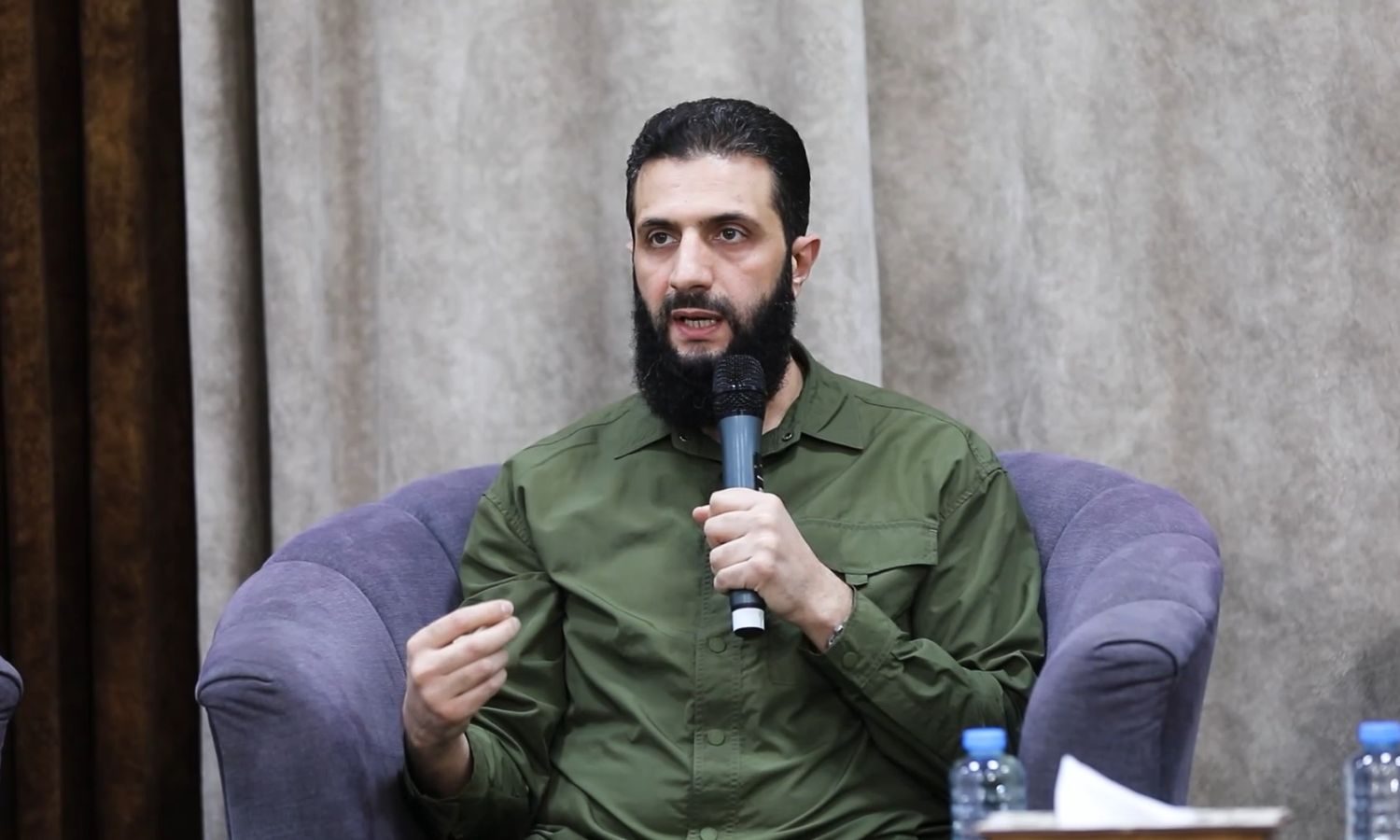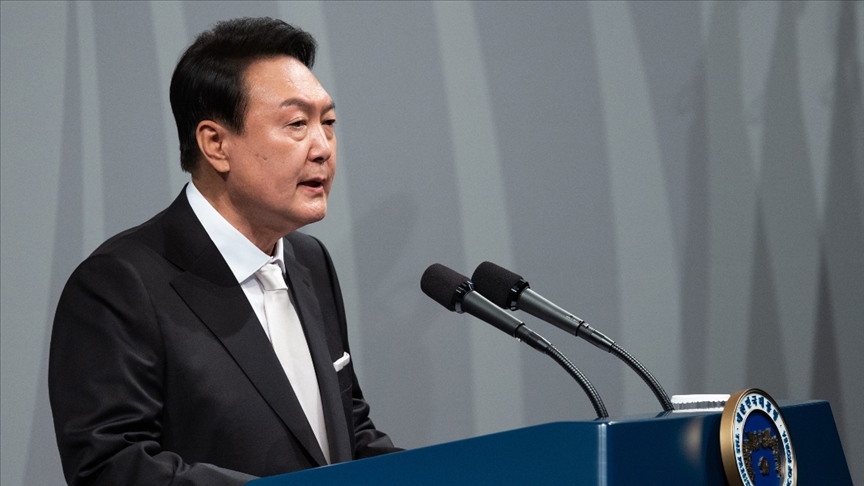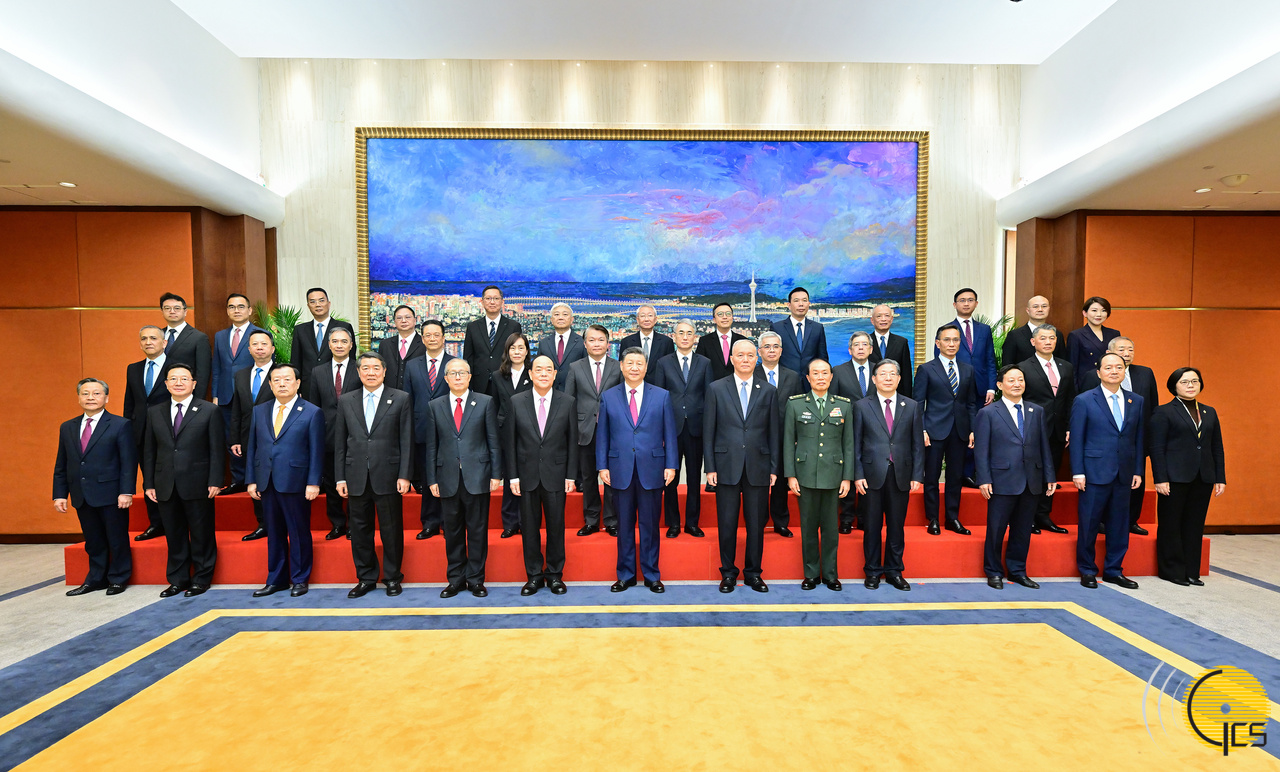Nine Pakistan army soldiers were killed in attacks carried out by the Pakistani Taliban (TTP) in one of its bases in Zhob garrison in northern Balochistan.
Pakistan’s army said that the militants launched the attack, following which four soldiers were killed and five others were injured. Later, in an update, the army said that five soldiers who got critically injured earlier while “fighting gallantly” had succumbed to their injuries, putting the death toll to nine.
“Security forces and the nation remain resilient and determined to thwart all such dastardly attempts of the enemy aimed at destroying the peace of Balochistan and Pakistan,” the Inter-Services Public Relations (ISPR) said in a statement.
Days after the attack, Pakistan’s Chief of Army Gen. Asim Munir visited the wounded in a hospital in Quetta, and several criticized Afghanistan’s government under the rule of the Taliban for such an attack in Pakistan.
Later, Khawaja Asif, Pakistan’s defense minister took a similar position and blamed Afghanistan for such attacks.
“Irrespective of Afghanistan’s stance, Pakistan stands resolute in uprooting terrorism from its soil, whatever the source. This is regardless of whether or not Kabul has the will to reign in militants from within its borders,” Asif said.
Pakistan blames Taliban for not respecting the neighbors
He blamed the Taliban for not respecting the neighbors, and said that the Pakistani Taliban (TTP) roam freely in Afghanistan.
Asif also criticized the government of Imran Khan, former Prime Minister of Pakistan, who allegedly supported the transfer of TTP from Afghanistan to Pakistan.
The government of Afghanistan is currently under the control of the Taliban. During nearly three decades of struggle, including political and military engagement, they were accused of being very close to the government of Pakistan.
There is even an accusation of the establishment of Taliban by the Pakistani army and especially its intelligence department.
When the Taliban were defeated in Afghanistan in 2000, they used Pakistan’s soil as a shelter and a training and re-equipment camp.
On the other hand, Tehreek-e-Taliban Pakistan (TTP) considers itself a branch of Afghan Taliban.
The TTP has even pledged allegiance to the current supreme leader of the Taliban, Mullah Hebatullah Akhundzada. Meanwhile, the Afghan Taliban has been accused of giving to the leaders, fighters and families of TTP members in Afghanistan.
TTP is being transformed to Afghanistan by help of Pakistan
But, many say that the Afghani Taliban in coordination with the government of Pakistan and at the expense of Islamabad had transferred the Pakistani Taliban from the south and east to the north and northeast of Afghanistan.
The Afghani Taliban during their war against the US forces had received full support from the TTP.
Therefore, the relationship between the Afghan Taliban and the Pakistani Taliban is bilateral and durable.
But such an apparent relationship depicts a cycle of violence, in which the Pakistani army and government support the Afghan Taliban, the Afghan Taliban support the Pakistani Taliban, and the Pakistani Taliban attack the people and government of Pakistan.
Lack of seriousness against the TTP
The government of Pakistan under the leadership of Shahbaz Sharif is nearing its end. Prime Minister Sharif has recently promised to step down from power at the end of the legal deadline and pave the way for the establishment of the future government.
Therefore, the life of Sharif’s government will end on August 13, and within 60 days after that, the elections of this country must be held, where a new government will be formed as a result.
Indeed, this election is more sensitive than other elections. One of the reasons for its sensitivity is the conflict between the Tehreek-e-Insaf party, led by Imran Khan, the ousted Prime Minister of Pakistan, with the army and the current government.
The current government, which is led by the Nawaz branch of the Muslim League, has powerful parties such as the People’s Party led by Bilawal Bhutto Zardari and the Jamaat Ulema Islam led by Maulana Fazal Rehman in a fragile coalition.
This coalition was not formed based on the closeness of the political beliefs of these parties – the main reason for its formation is having a common enemy named Tehreek-e-Insaf. Otherwise, the People’s Party, which claims to fight for the secularization of Pakistan, and the Jamaat Ulema-e-Islam Party, which is at the opposite end of this claim, cannot be combined.
TTP issue is part of electoral propaganda
Now, despite the fact that Imran Khan is under severe pressure from the army and the current government, and even he was forced to resign from this party and some of his members also forced to withdraw from politics, Imran Khan is still popular among the masses of Pakistan. It can be the main rival of the parties included in the current coalition government.
There are speculations that the army and the current government of Pakistan are trying to find a way to exclude Tehreek-e-Insaf from participating in the upcoming elections, but they do not succeed, there is a possibility that Tehreek-e-Insaf will come to power again.
Therefore, this election is of special importance for people like Khawaja Mohammad Asif, who became a member of the parliament to the Ministry of Defense, and General Asim Munir, who currently leads the Pakistan Army as a potential enemy of Tehreek-e-Insaf.
Imran Khan will win again
If Imran Khan and his political team can take power once again, the fight against the unlimited powers of the army, its interference in civil affairs, and especially the generals who, according to him, plotted against Tehreek-e-Insaf and then filed a case against its leaders– is not far from possible.
Khan tried to fight against the army during his rule but failed. However, if he wins again, his fight with generals like Asim Munir is very likely.
Therefore, what Khawaja Asif and Gen. Munir have said in recent days, after the TTP attack on the Zhob military center, can have a propaganda aspect and be a part of the unofficial and premature election campaign.
The previously mentioned cycle of violence continues to take victims from the people of Afghanistan and Pakistan. This cycle of violence is carried out in Afghanistan by different militant groups, inducing the Islamic State (IS), and in Pakistan by TTP. Now, on the eve of Pakistan’s decisive elections, the wounded people of this country are angry and saddened by the attacks of fundamentalist groups.
The public opinion in such a situation demands that the army and the government of Pakistan take steps to fight terrorism. Since the origin of terrorist groups ends in Rawalpindi, the words of Pakistani government officials and the head of the army of this country do not seem very serious.
Pakistan must stop blaming Afghanistan for its own failure
If they are honest and serious in their fight against terrorism, they will stop blaming the Afghan government for harboring TTP instead focus on its solution which has two options – 1, the start negotiations and second to carry out comprehensive military operations.
Taliban spokesman, Zabihullah Mujahid has said that there is no TTP in Afghanistan and asked Pakistan to share any evidence in regards if there is any.
“In case we receive evidence, we will consider it and take action. Pakistan blames us for its own failure in maintaining the law and order situation internally,” Mujahid said.
In a major move, the Ministry of Defense of Pakistan and the army have guided the Afghan Taliban to the “Doha” agreement and the international commitments of this group and asked them to adhere to these commitments and prevent the use of Afghan soil for terrorist acts against other countries.
Again Mujahid said that Doha agreement was signed between Taliban and US and refuted Pakistan’s role in the peace agreement.
Pakistan’s role in Doha peace agreement
However, Asif said that in reality, Pakistan played a pivotal role in facilitating the Doha Peace Agreement. “The constructive contribution of Pakistan in enabling the peace agreement between the United States and the Afghan Taliban on February 29 received commendation from various notable figures, including former Afghan President Ashraf Ghani, US Secretary of State Mike Pompeo, Qatari Foreign Minister, and Taliban leaders, among others,” Asif added.
However, if the government and army of Pakistan really consider TTP as an enemy, they will not be able to fight this group by moving them from one place to another. They have sufficient access to the territory of Pakistan through one and other ways.
The best way to fight the TTP is that the government of Pakistan should take the issue seriously and start the fight with their terrorist policies and in the second step takes practical action against terrorist religious schools in Pakistan.

 EUROPE1 week ago
EUROPE1 week ago
 OPINION2 weeks ago
OPINION2 weeks ago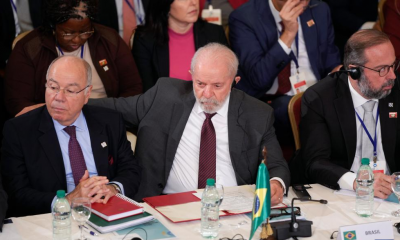
 OPINION1 week ago
OPINION1 week ago
 DIPLOMACY2 weeks ago
DIPLOMACY2 weeks ago
 OPINION2 weeks ago
OPINION2 weeks ago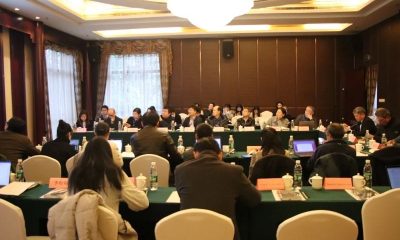
 ASIA1 week ago
ASIA1 week ago
 MIDDLE EAST1 week ago
MIDDLE EAST1 week ago
 MIDDLE EAST2 weeks ago
MIDDLE EAST2 weeks ago
